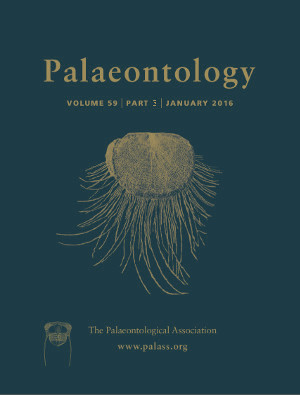Reg. Charity No. 1168330

The thermoregulatory style of Late Cretaceous mosasaurs has become a highly controversial subject in vertebrate palaeontology. These extinct marine reptiles have previously been described as poikilothermic, endothermic or gigantothermic. Here we analyse three genera of mosasaurs from the Mooreville Chalk in Alabama (USA) of differing body mass, and compare their δ18OPO4 derived body temperatures (Tb) with those of coeval poikilothermic fish (Enchodus) and endothermic pelagic seabirds (Ichthyornis). Results show that all mosasaurs, Clidastes (Tb = 33.1°C), Platecarpus (Tb = 36.3°C), and Tylosaurus (Tb = 34.3°C), had elevated average body temperatures in relation to those of the fish (Tb = 28.3°C) and were closer to those of Ichthyornis (Tb = 38.6°C). The temperatures calculated for Enchodus compare well with previously reported temperature estimates for the Mooreville Chalk and the Tb of Ichthyornis compares well with temperatures that have been reported for modern seabirds, suggesting that this method provides accurate results. Finally, although there are small differences of body temperature among mosasaur genera, these are independent of size, and thus inferred body mass, suggesting that mosasaurs were not gigantotherms, but rather endotherms.